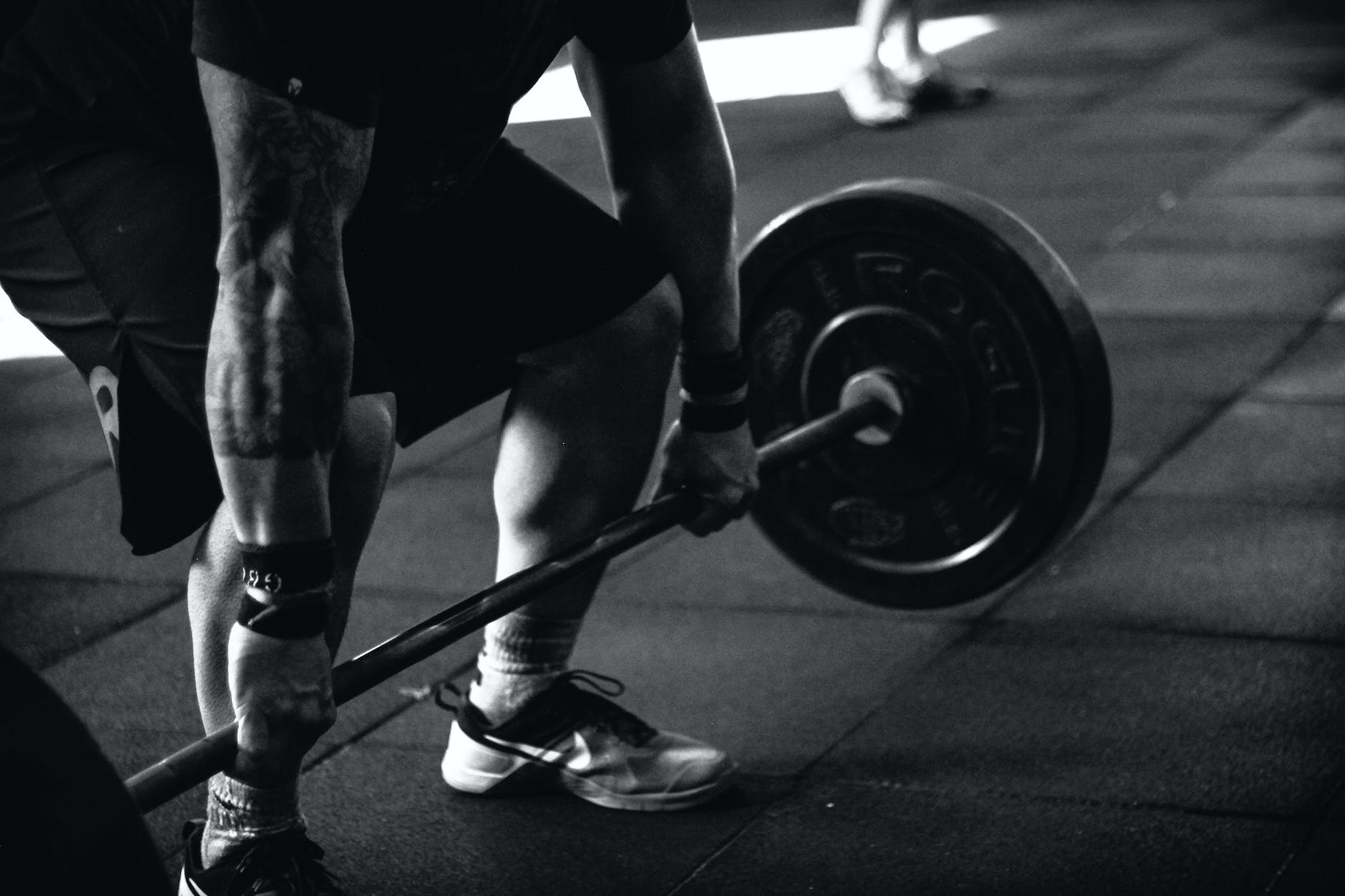The human body is a marvel of engineering. Especially muscle recovery. When we exert ourselves, either through a strenuous workout or an exhausting day at work, our muscles suffer microscopic damage. This damage is not a bad thing. It’s actually the catalyst for muscle growth and strength. However, the process of building stronger muscles requires a period of recovery. This recuperation phase, often referred to as muscle recovery, is a crucial component of any fitness regimen.
Muscle recovery isn’t just about waiting for the soreness to subside. It’s a complex process that involves rest, nutrition, and other factors that contribute to the healing and strengthening of our muscles. The importance of this recovery period cannot be overstated. Unfortunately, it is often overlooked by many fitness enthusiasts.
In this article, we’ll delve into the science behind muscle recovery, debunk common myths surrounding it, and offer you effective strategies for maximizing your post-workout healing. Whether you’re a gym rat or a casual exerciser, understanding and implementing proper muscle recovery techniques can significantly enhance your fitness journey.
The Science Behind Muscle Recovery
So, what exactly happens during muscle recovery? The process commences immediately after you finish your workout when your body starts repairing the micro-tears in your muscle fibers. These tears are a normal result of resistance and strength training. When these micro-tears heal, the muscle fibers grow back stronger and thicker, leading to muscle growth.
There are two main types of muscle recovery: immediate and long-term. Immediate recovery is the short period of rest between sets or exercises, which allows your muscles to replenish the energy supply quickly. On the other hand, long-term recovery refers to the hours and days that follow a workout. This is when the real healing and strengthening occur.
The rate and efficiency of muscle recovery can vary greatly from person to person. Factors such as age, fitness level, and the intensity of the workout can all impact the recovery process. However, regardless of these variables, understanding the science behind muscle recovery can help you optimize your fitness routine and reap the maximum benefits from your efforts.
“Muscle recovery is not just an aftermath, it’s an essential part of the performance journey. Treat it not as the end, but as the beginning of your next victory.”
Importance of Muscle Recovery
Why should you care about muscle recovery? Simply put, without adequate recovery, you won’t see the results you’re striving for. Overworking your muscles can lead to a plateau in muscle growth or, worse, injury. But by allowing your muscles time to heal and strengthen, you can continue to challenge them and see consistent progress.
Moreover, effective muscle recovery can help you avoid the dreaded Delayed Onset Muscle Soreness (DOMS). This is the pain and stiffness you feel in your muscles several hours to days after an intense workout. While some soreness is normal after a workout, severe or prolonged discomfort might indicate that your muscles haven’t recovered sufficiently from your last session.
Finally, proper muscle recovery can significantly enhance your athletic performance. Recovered muscles have more strength and endurance, allowing you to push harder and go longer during your workouts. So, if you want to get the most out of your fitness regimen, you must pay attention to muscle recovery.
Common Myths About Muscle Recovery
When it comes to muscle recovery, there’s no shortage of misconceptions. One common myth is that the best way to recover after a workout is to do nothing at all. While rest is an essential part of muscle recovery, it’s not the only factor. Active recovery, such as light cardio or stretching, can help reduce muscle soreness and stiffness.
Another prevalent myth is that you should always feel sore after a workout. While it’s true that some muscle soreness is normal, especially after a particularly intense session, pain shouldn’t be your gauge for a successful workout. It’s entirely possible to have an effective workout without feeling sore the next day.

Lastly, many believe that protein shakes are a must for post-workout recovery. While protein is a key nutrient for muscle repair and growth, it’s not the only one. Carbohydrates, fats, vitamins, and minerals also play crucial roles in the recovery process. Therefore, a balanced diet is far more beneficial than relying solely on protein shakes.
Exploring the Dynamics of Unity: An In-depth Look at Men’s Team Sports
Effective Strategies for Muscle Recovery
Now that we’ve covered the basics of muscle recovery and debunked some common myths, let’s explore some effective recovery strategies. First and foremost, hydration is essential. Water plays a crucial role in every bodily function, including muscle recovery. So, make sure you’re drinking enough water before, during, and after your workout.
Next, consider incorporating active recovery into your routine. This could be anything from a gentle yoga class to a leisurely bike ride. The idea is to keep your body moving without putting too much strain on your muscles.
Lastly, consider massage or foam rolling. These techniques can help alleviate muscle tension and improve blood flow, helping to speed up the recovery process.
Role of Nutrition in Muscle Recovery
As mentioned earlier, nutrition plays a crucial role in muscle recovery. After a workout, your body needs a balance of protein, carbohydrates, and fats to repair and grow your muscles. Protein provides the amino acids necessary for muscle repair, while carbohydrates replenish your body’s glycogen stores. Fats, on the other hand, help reduce inflammation and aid in the absorption of certain nutrients.
In addition to these macronutrients, certain micronutrients, such as vitamins and minerals, can also aid in muscle recovery. For example, vitamins C and E have antioxidant properties that can help reduce muscle damage, while minerals like calcium and magnesium can help prevent muscle cramps.
Best Exercises for Promoting Muscle Recovery
While it may seem counterintuitive, certain exercises can actually promote muscle recovery. These are typically low-impact activities that help improve blood flow, which is crucial for delivering nutrients to your muscles and removing waste products. Some examples include walking, cycling, swimming, and yoga.
In addition to these activities, stretching and mobility exercises can also aid in muscle recovery. They help increase flexibility, reduce muscle tension, and improve range of motion, all of which can help speed up the recovery process.
Importance of Rest and Sleep in Muscle Recovery
Perhaps the most overlooked aspect of muscle recovery is rest and sleep. During sleep, your body produces growth hormone, which plays a crucial role in muscle repair and growth. Moreover, sleep also helps reduce inflammation and aids in the recovery of your central nervous system, which can significantly enhance your athletic performance.
Rest days are also crucial for muscle recovery. They provide your muscles with a chance to heal and grow without additional stress. So, don’t feel guilty about taking a day off from your workout routine. Your body needs it.
How to Prevent Muscle Injuries During Workouts
Preventing muscle injuries is just as important as promoting muscle recovery. One of the best ways to prevent injuries is to warm up properly before your workout. A good warm-up increases blood flow to your muscles, enhancing their flexibility and reducing the risk of injury.
Another important measure is to listen to your body. If you’re feeling overly fatigued or experiencing sharp pain during a workout, it’s a sign that you should take it easy. Pushing through the pain can lead to serious injuries that could sideline you for weeks or even months.
Conclusion
Muscle recovery is a crucial aspect of any fitness regimen. By understanding the science behind it and implementing effective recovery strategies, you can maximize your workouts, prevent injuries, and enhance your overall fitness. Remember, fitness is a marathon, not a sprint. So, take care of your body, and it will take care of you.
Mastering the Basics: A Comprehensive Guide to Muscle Building for Beginners

Uncovering the Unseen Connections: A Deep Dive into Sports Similarities





